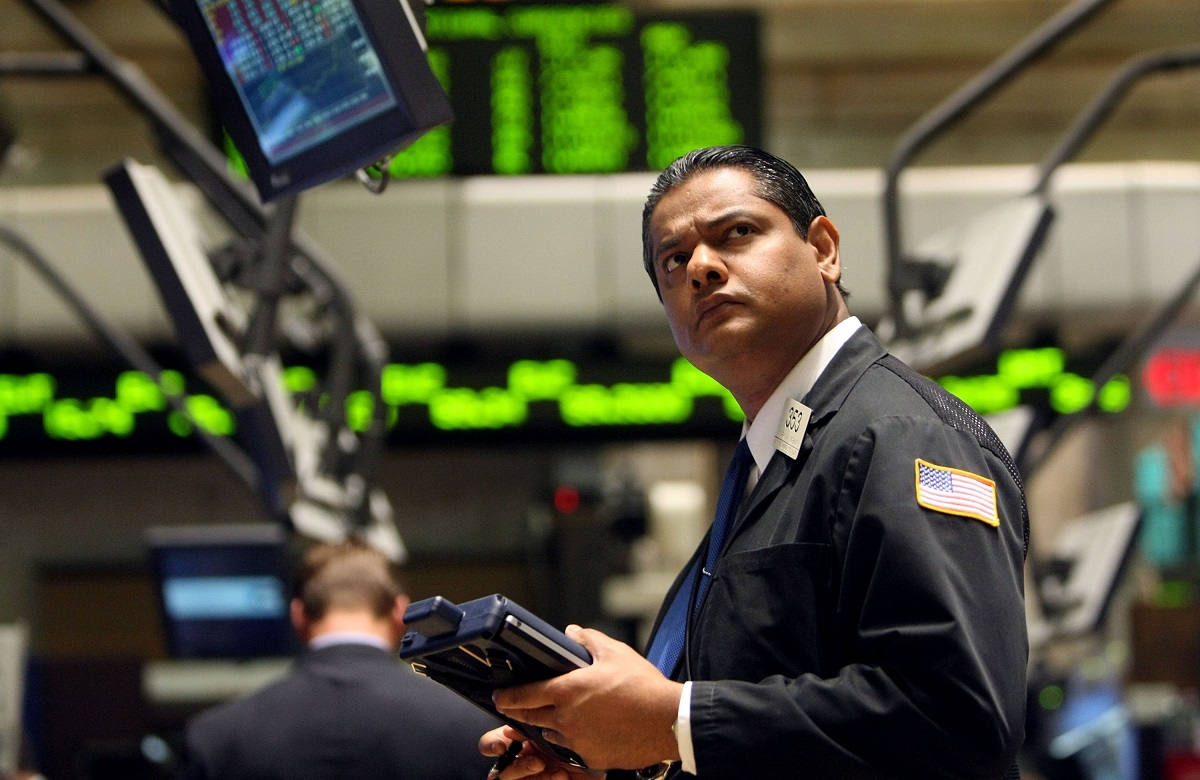The increasing adoption of digital payments is providing a tremendous tailwind for leading players like PayPal Holdings (PYPL +1.05%) and Visa (V +0.50%). Both are on the front lines of the war on cash and have handily beaten the market in recent years. But with $17 trillion worth of transactions still conducted with cash and checks, there is still plenty of opportunity for PayPal and Visa to grow for many years.
Which one is the better stock to buy now? We'll compare both to determine their chances of outperforming from here.

Image source: Getty Images.
Brand ubiquity is taking over
PayPal and Visa have similar advantages. PayPal is rapidly gaining scale with 286 million customer accounts as of the second quarter. This pales in comparison to the 3.378 billion Visa cards outstanding around the world, but PayPal's customer accounts are growing fast, up 17% year over year. The digital payment provider's growing reach has won partnerships with all the credit card brands, including Visa.
With so many cards in circulation, it may not seem that Visa has a lot of growth opportunities, but it is still finding ways to get it done -- a sign of how massive its addressable market really is. The company continues to enhance the capabilities of its vast processing network, which is how it makes money. Visa doesn't issue cards or carry credit risk; it's merely in business to collect fees for processing transactions. And it processes a lot. Total transactions last quarter came in at 35.4 billion, up 12% year over year.
Here is how both companies compare on basic financial measures of revenue and earnings growth:
| Metric | PayPal Holdings | Visa |
|---|---|---|
| Trailing three-year revenue growth | 51% | 39% |
| Trailing three-year EPS growth | 106% | 81% |
| Expected 2019 revenue growth | 14.7% | 11.2% |
| Expected 2019 EPS growth | 28% | 17.4% |
| Five-year expected EPS growth | 18.9% | 15.8% |
Data source: YCharts and Yahoo! Finance. Expected growth rates based on the consensus analyst estimate.
PayPal has grown its top line faster and is expected to increase both revenue and earnings at higher rates than Visa. It's quite possible PayPal could have almost as many customer accounts as Visa does cardholders decades from now.
Earlier this year, PayPal partnered with MercadoLibre, Uber Technologies, and Facebook's Instagram, which shows the next step in PayPal's journey to spread its brand. These are three of the fastest-growing e-commerce platforms in the world, which should significantly extend PayPal's potential to grow customer accounts and transactions.
On the other side, Visa also continues to make deals to expand its payment flow capability and customer reach. Earlier this year, it acquired Earthport to improve its ability to handle cross-border transactions, which is a crucial area of growth for Visa's payment volume. It is also building up its point-of-sale software solutions with the acquisition of Payworks. The company also partnered with Gojek, a ride-hailing service with an app that has been downloaded 108 million times in Southeast Asia.
Visa is also making deals with fintech companies, including a recent one with MercadoLibre to launch a contactless co-branded card. The company's reach with billions of cards in circulation makes Visa an invaluable partner for fintech start-ups, which is going to be an important channel for both PayPal and Visa to keep momentum going in transaction flow.
One thing PayPal has going for it is the popularity of its peer-to-peer payment app, Venmo. It made up 14% of the company's total payment volume last quarter, and grew 70% year over year. Venmo is not contributing much to the company's revenue, since it's mostly free to use. But PayPal is gradually rolling out features to monetize the service, including a Venmo credit card launching next year. These efforts could pad the company's bottom-line performance down the road.
Both companies should grow for a long time, but to narrow this decision down to the single best pick, let's look at valuation.
Where the rubber meets the road
Here is how both stocks measure up on popular valuation metrics:
| Metric | PayPal Holdings | Visa |
|---|---|---|
| Market cap | $122.7 billion | $400.68 billion |
| Trailing P/E | 49.70 | 34.34 |
| Forward P/E | 29.71 | 28.57 |
| PEG ratio | 1.76 | 2.08 |
| Dividend yield | NA | 0.56% |
Data source: Yahoo! Finance.
The market capitalization (shares outstanding multiplied by the stock price) is there to give you a sense of the size difference of both companies. Visa is slightly cheaper on a forward price-to-earnings basis, and pays a dividend, which is a plus. But I think PayPal has the best chance to outperform from this point.
PayPal is expected to increase earnings faster, which is why it has a lower price-to-earnings-growth (PEG) ratio than Visa. I'm not a fan of using past performance as a guide, but it's worth pointing out that PayPal has been the better-performing stock to this point as well. Over the last one-year and three-year periods, PayPal comes out on top, yet the stock is not much more expensive than Visa based on forward P/E.
With both stocks valued very similarly, I would choose PayPal for its better growth prospects.








